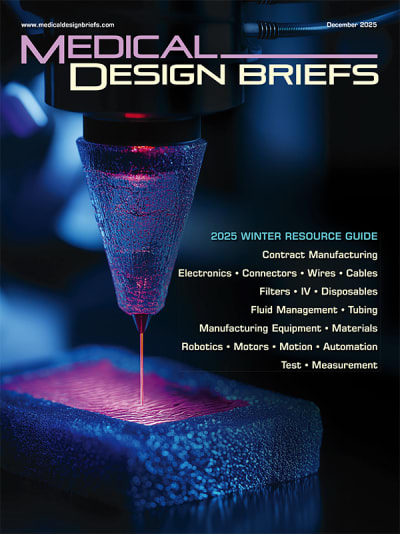It appears that the medtech industry has responded to a healthier market by going on a shopping spree. According to EP Vantage, a service of market analysis firm Evaluate, medtech mergers are back. EP says that the sum spent on deals in the first half of 2017 has already surpassed last year’s total, “putting 2017 on track to be the second- biggest year for medtech acquisitions in a decade, behind only a mammoth 2015.”
“If deal activity continues at the same pace, 2017 could see nearly $98 million spent on medtech M&A — double last year’s total — but with only around 150 transactions, versus 234 in 2016,” says EP.
While the total number of deals will likely be fewer than 2016, the value of those deals is higher. The firm says the average deal value in the first half of 2017 was above 2016, even when excluding Abbott’s $25 billion takeover of St. Jude Medical. It has suggested that medtech buyers are either “being pickier or the pool of targets is dwindling.”
The analysts point to several years of medtech consolidation and “a venture capital squeeze that has made it harder for earlier-stage companies to get funding” as a key reason for the limited number of potential target companies.
An analysis of the top 10 acquisitions in the first half of 2017 supports this theory, says EP Vantage. “Apart from the obvious Abbott–St. Jude buy, which made it the number-two cardiology player, other scale-building takeovers include Johnson & Johnson’s acquisition of Abbott’s eye care business and two deals from Allergan in the aesthetic surgery arena.”
EP notes that the aesthetics market has been a particularly attractive area, with 10 takeovers in the first half of 2017. But other areas have been active as well, including vascular, with Terumo’s acquisition of Abbott’s vascular closure business in January and the Teleflex takeover of Vascular Solutions in February.
“Of course, big players will always be interested in promising new technologies,” notes EP, “and five smaller deals by J&J should give younger companies hope, although financial details were not disclosed. With six acquisitions in total, J&J was the most prolific buyer in the first half.” EP says the latest figures “could represent more bad news for start-ups, suggesting that acquirers are eschewing smaller, technology-focused deals in favor of bigger buys aimed at growing their footprint in a particular area.”
This is echoed by analysts at Silicon Valley Bank (SVB), who observe that “acquirers continue to focus on buying companies with products that are FDAapproved and commercialized. This puts critical regulatory and commercialization risk squarely on the venture community, increasing investment time and capital required.”
In its report, “Trends in Healthcare Investments and Exits 2017,” SVB also notes that all seven U.S. commercial M&A deals in 2016 were 510(k) products. “This reflects the investor mind-set of the early 2000s, which focused on products with easier FDA-approval paths, instead of PMAs, which had unpredictable FDA outcomes, says the report.



